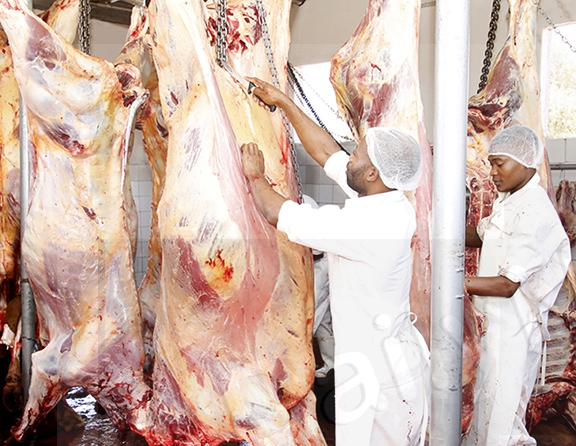Scales vary in mobility
28 Jul 2021
Assistant Minister for Presidential Affairs, Governance and Public Administration says public service workers at salary scales A and B do not enjoy the same degree and extent of upward mobility as others at C and D.
Answering a question in Parliament on Tuesday, Mr Dumezweni Mthimkhulu said this was due to the peculiarity of their jobs, qualifications and experience required.
Mr Mthimkulu said each job in the public service was created in accordance with a need while the scope of the need determined the level of responsibility for the job, which in turn influenced the degree and extent of mobility of the job occupant. He also said the entry on first appointment and progression was guided by various schemes of service and job descriptions.
Assistant Minister Mthimkhulu said most jobs in the A scale were one position jobs such as drivers and they enjoyed their mobility through moving up the notches within the scale.
“A scale has A1, A2 and A3 levels and each has 10 notches which regulate mobility within the scale. These jobs are non-skilled to semi-skilled,” he said.
Jobs in the B scale, he said, required semi-skilled to skilled qualifications as well as post-secondary certificate qualification, adding the B scale had B1, B2, B3, B4 and B5 levels and each had 10 notches that regulated mobility within the scale.
On one hand, Mr Mthimkulu said entry point qualifications ranged between certificate, diploma and degree for public service workers at scales C and D. He said the C scale had C4, C3, C2 and C1 levels with 10 notches each that facilitated mobility within the scale.
He added that the D Scale had four levels of D4, D3, D2 and D1 with six notches each that also regulated mobility.
He also indicated that such, since entry and progression in the public service, was determined by need, clear qualifications and experience as outlined in various schemes of service and job descriptions, hence there was no imbalance that needed to be rectified.
Mr Mthimkulu also said movement between cadres was possible from A to B and B to C, depending on the need, performance and/or qualifications.
On the ministry considering using a similar system to the Botswana Defence Force (BDF) of two way approach of cadets and privates, he said such would not be possible because the BDF system was premised on rank and command which was applicable within disciplined forces.
“This is distinct from the public services as an international best practice and this explains why the BDF also has support and auxiliary services governed by the Public Service Act, regulated by schemes of service,” he added.
Maun East MP, Mr Goretetse Kekgonegile had asked the minister if he was aware that public service workers of Scales A and B (entry points) did not enjoy upward mobility as their colleagues with entry points at C and D scales.
Mr Kekgonegile also wanted the minister to clarify the ministry’s policy regarding the dispensation and strategies to rectify the imbalance.
He also wanted to know if the ministry did not consider using a similar system to the BDF of two-way approach of Cadets and Privates and also the public service posts availability strategy to support such mobility. ENDS
Source : BOPA
Author : BOPA
Location : Gaborone
Event : Parliament
Date : 28 Jul 2021



